In an era where work schedules, tight budgets, and environmental concerns make grand vacations less accessible for many, the concept of “microadventures” has taken root as a way to satisfy the human craving for exploration and connection with nature. Coined by British adventurer Alastair Humphreys, the term refers to short, simple, and local adventures that require minimal resources and planning. Microadventures encourage people to look at their own communities and surroundings through a fresh lens, rediscovering the joy of exploration without traveling far from home.
What Are Microadventures?
Microadventures are small-scale escapades that fit into a busy schedule, typically lasting anywhere from a few hours to a weekend. They can range from hiking a nearby trail or camping in the backyard to cycling to a neighboring town or stargazing at a local park. The idea is to break away from routine, embrace spontaneity, and create meaningful experiences without the need for extensive planning or hefty expenses.
What sets microadventures apart is their accessibility. You don’t need specialized gear, exotic destinations, or weeks of preparation. All you need is a sense of curiosity and a willingness to explore.
Why Are Microadventures Gaining Popularity?
- Limited Time and Resources
In today’s fast-paced world, people often struggle to find time for long vacations. Microadventures provide a solution by fitting seamlessly into busy lives. Whether it’s an after-work hike or a Saturday morning paddleboarding session, these bite-sized getaways offer a refreshing break without requiring extended time off or a large financial commitment. - Environmental Awareness
As more people become conscious of their environmental footprint, microadventures present an eco-friendly alternative to long-haul flights and resource-intensive travel. By focusing on local exploration, adventurers can reduce carbon emissions while still satisfying their wanderlust. - Rediscovery of Local Gems
The COVID-19 pandemic forced people to stay closer to home, leading to a newfound appreciation for local parks, trails, and attractions. Many have realized that adventure isn’t limited to far-off destinations—it can be found just around the corner. - Mental Health Benefits
Spending time outdoors has been proven to reduce stress, improve mood, and boost overall well-being. Microadventures offer a manageable way to escape daily pressures, reconnect with nature, and rejuvenate the mind and body.
Examples of Microadventures
- Hiking or Walking Trails
Find a nearby nature reserve, state park, or scenic trail to explore. Walking or hiking is one of the easiest ways to immerse yourself in nature and disconnect from the digital world. - Camping in Your Backyard
For those new to camping or short on time, setting up a tent in the backyard can recreate the excitement of sleeping under the stars. Add a small campfire or outdoor cooking to enhance the experience. - Urban Exploration
Not all microadventures need to be in nature. Exploring a different neighborhood, trying out local street food, or visiting an unfamiliar landmark can provide a fresh perspective on your city. - Stargazing or Sunrise Watching
Head to a nearby dark-sky area or a quiet hilltop to watch the stars or catch the sunrise. These simple yet awe-inspiring experiences remind us of the beauty that exists in the natural world. - Water-Based Activities
Kayaking, paddleboarding, or even swimming in a local lake or river can be exhilarating and refreshing. These activities often require little more than renting equipment and a sense of adventure. - Cycling Adventures
Plan a short bike ride to a nearby park, beach, or scenic route. Cycling is not only a great way to explore but also an excellent form of exercise.
How to Plan a Microadventure
- Start Small
Microadventures are meant to be simple and achievable. Start with short, local activities and gradually expand your range as you gain confidence. - Use What You Have
Avoid overthinking or overspending on equipment. Most microadventures can be done with basic gear you already own, such as a backpack, water bottle, and comfortable shoes. - Research Local Opportunities
Look for parks, trails, or events in your area that you’ve never visited. Apps like AllTrails or Meetup can be helpful for discovering new places and connecting with like-minded adventurers. - Be Flexible
One of the joys of microadventures is their spontaneity. Be open to adjusting your plans based on weather, availability, or mood. - Invite Others
While solo microadventures can be fulfilling, sharing the experience with friends or family adds a social element that deepens connections and creates lasting memories.
The Impact of Microadventures
The rise of microadventures is changing the way people think about exploration. By shifting the focus from extravagant trips to everyday escapades, individuals are finding joy in the simple pleasures of life. These experiences foster a sense of gratitude for what’s nearby, help build stronger communities, and encourage sustainable travel practices.
Moreover, microadventures remind us that adventure is less about where we go and more about how we approach the world around us. Whether it’s a short walk in the woods or a day spent cycling through town, these small moments of exploration can have a big impact on our mental, physical, and emotional well-being.
Conclusion
Microadventures are a testament to the idea that meaningful experiences don’t require distant destinations or elaborate planning. They invite us to embrace the present, explore our local surroundings, and rediscover the beauty of simplicity. In a world that often prioritizes bigger and better, microadventures encourage us to find joy in the small and nearby—a refreshing perspective that enriches our lives in unexpected ways.



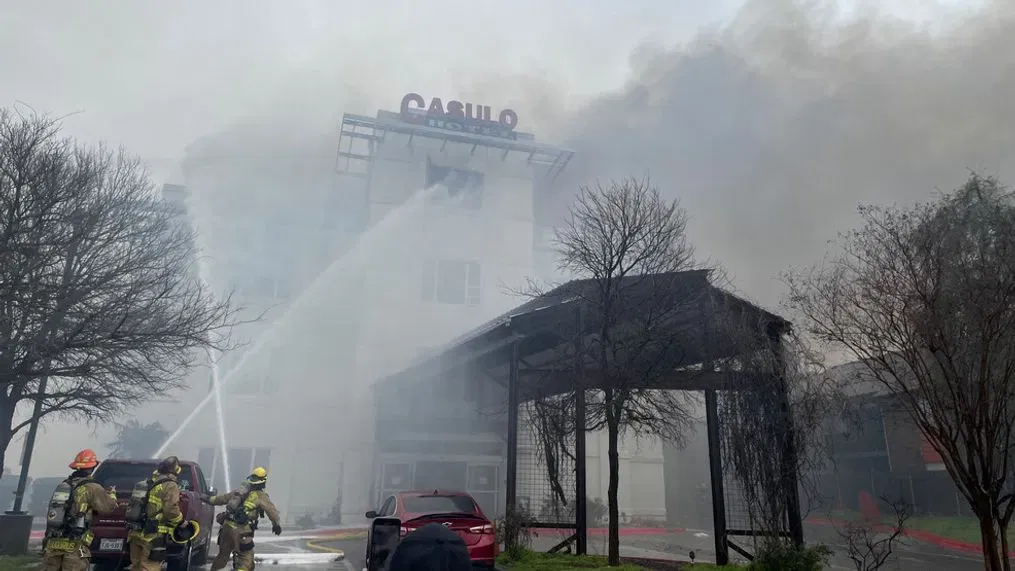

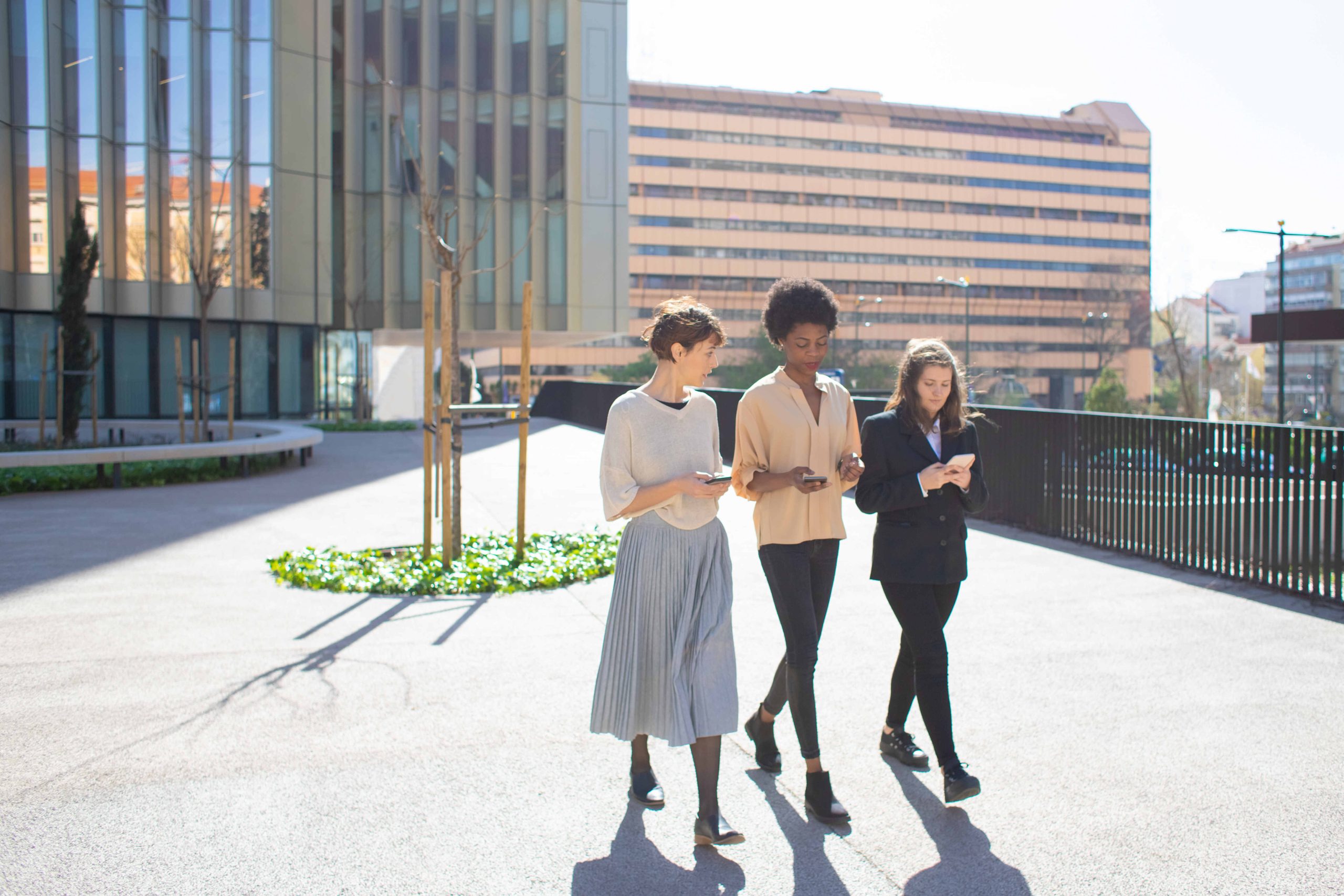
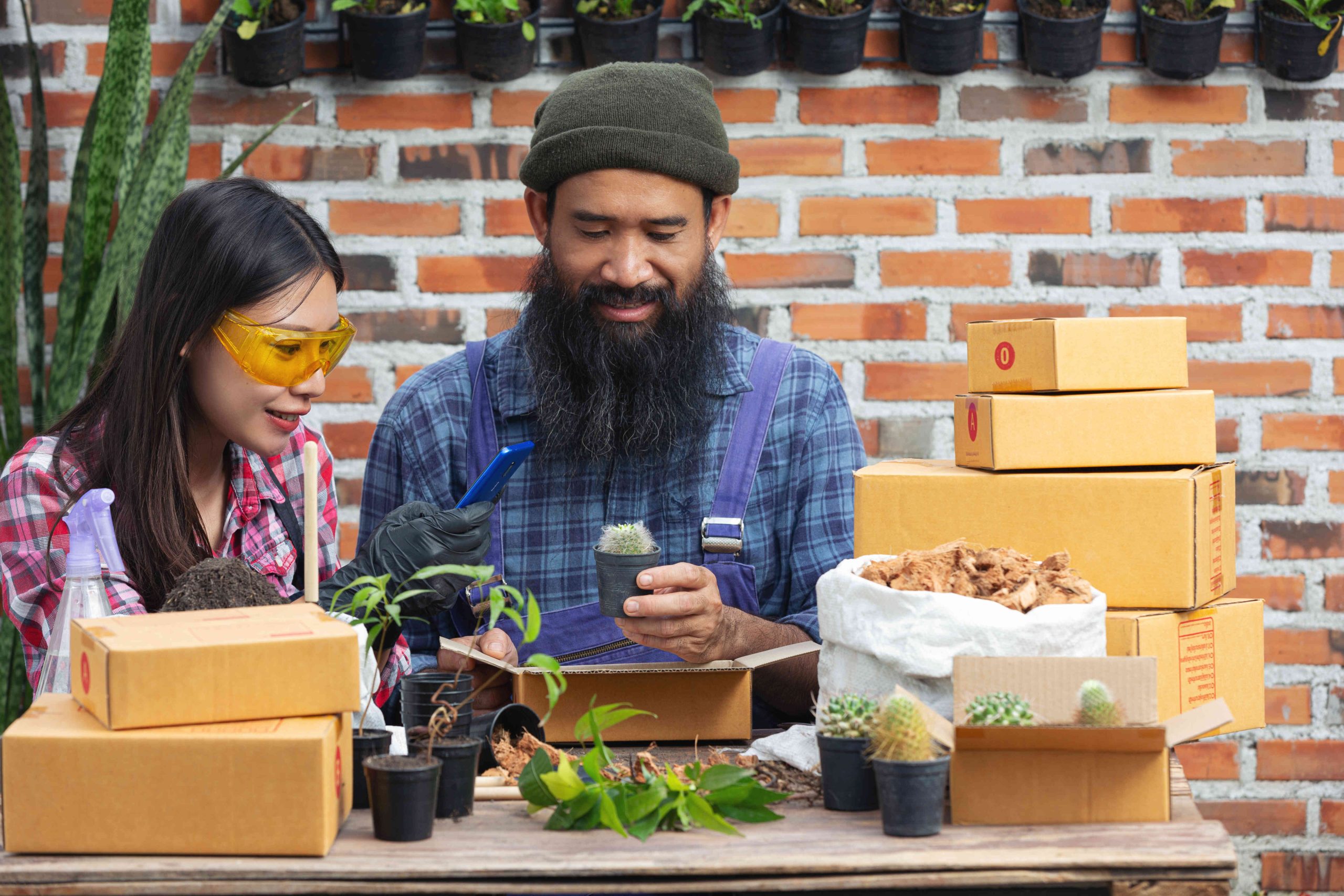

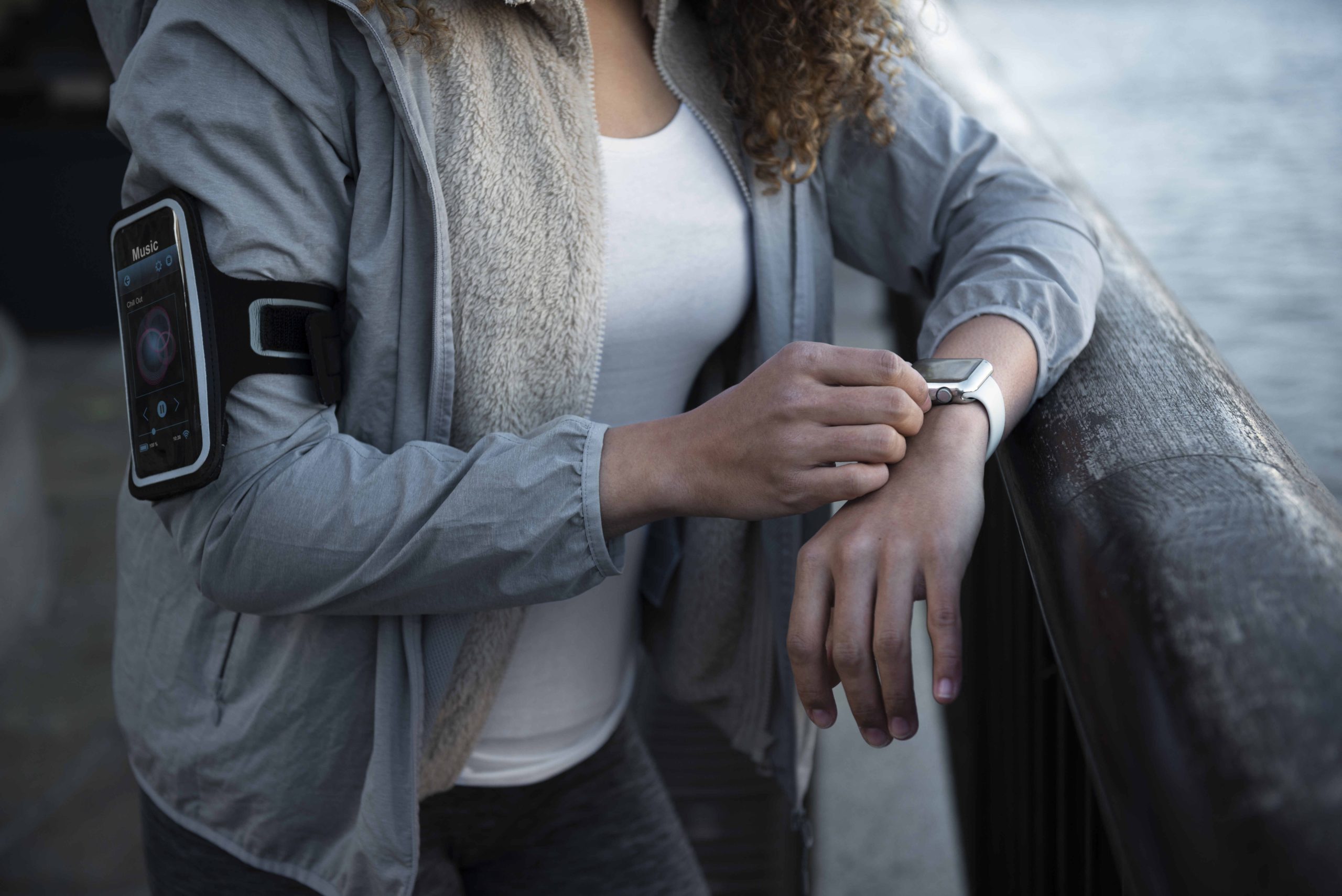



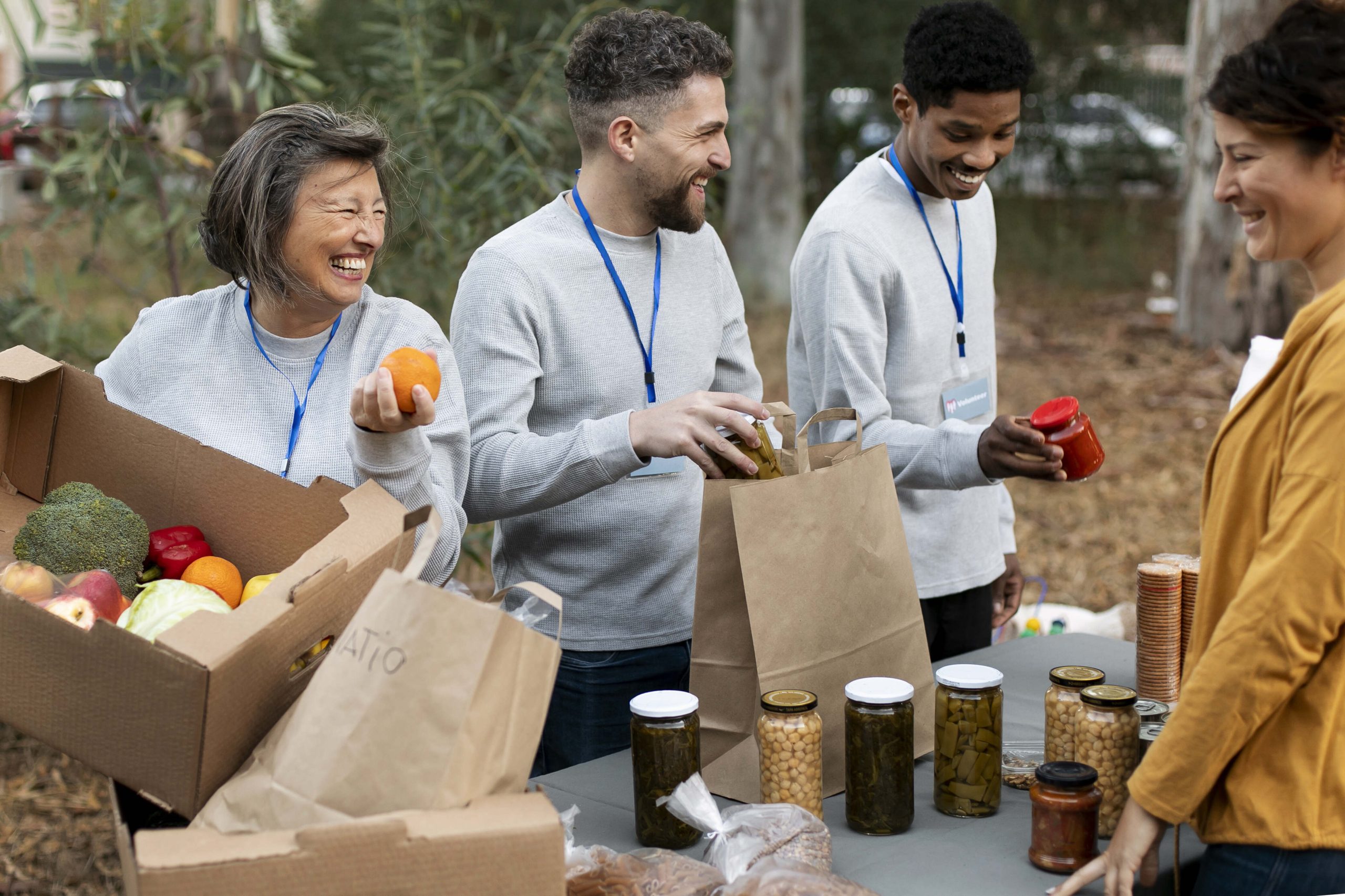

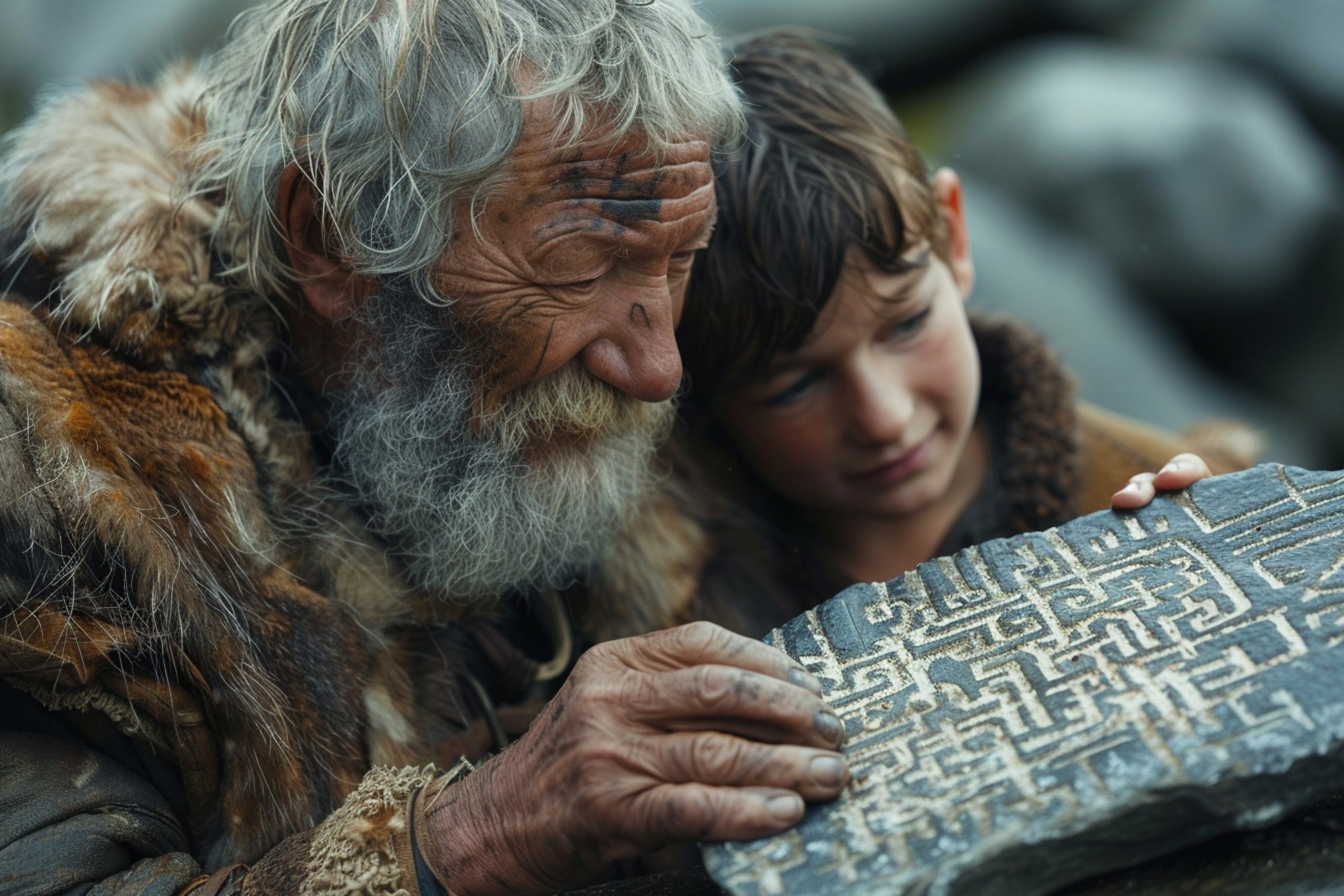

Leave a Reply